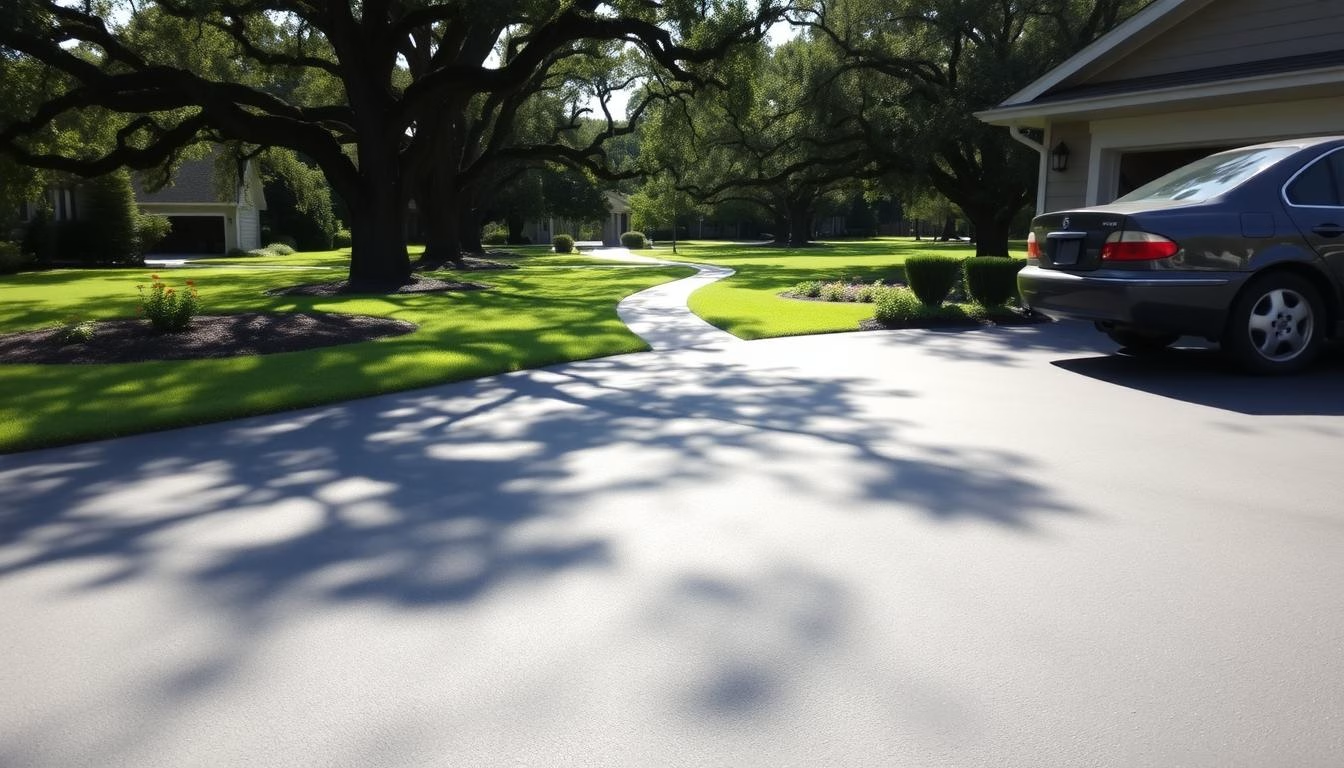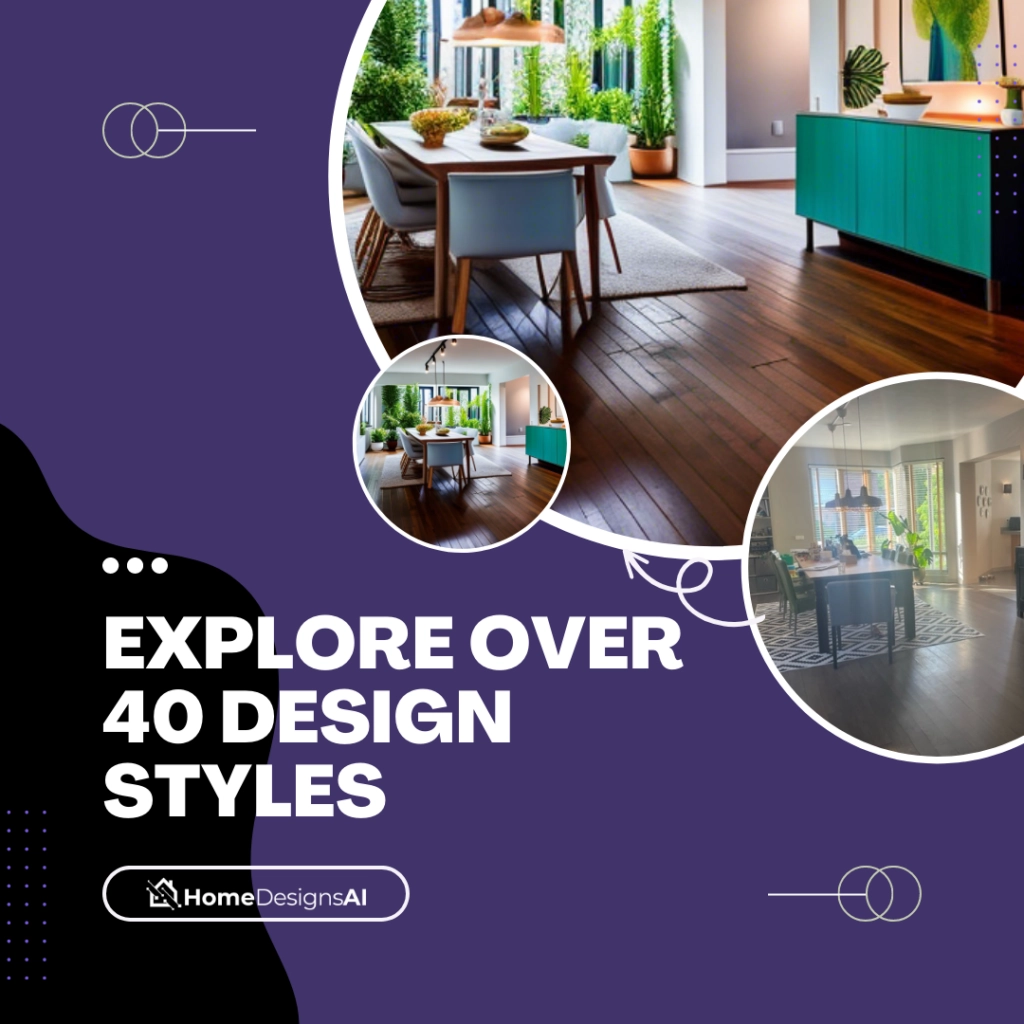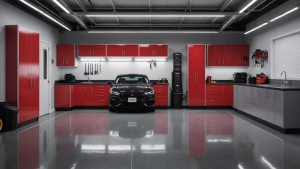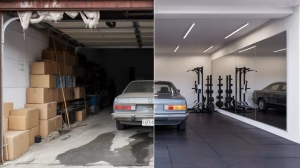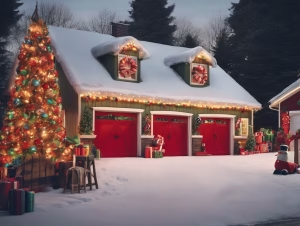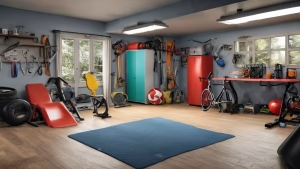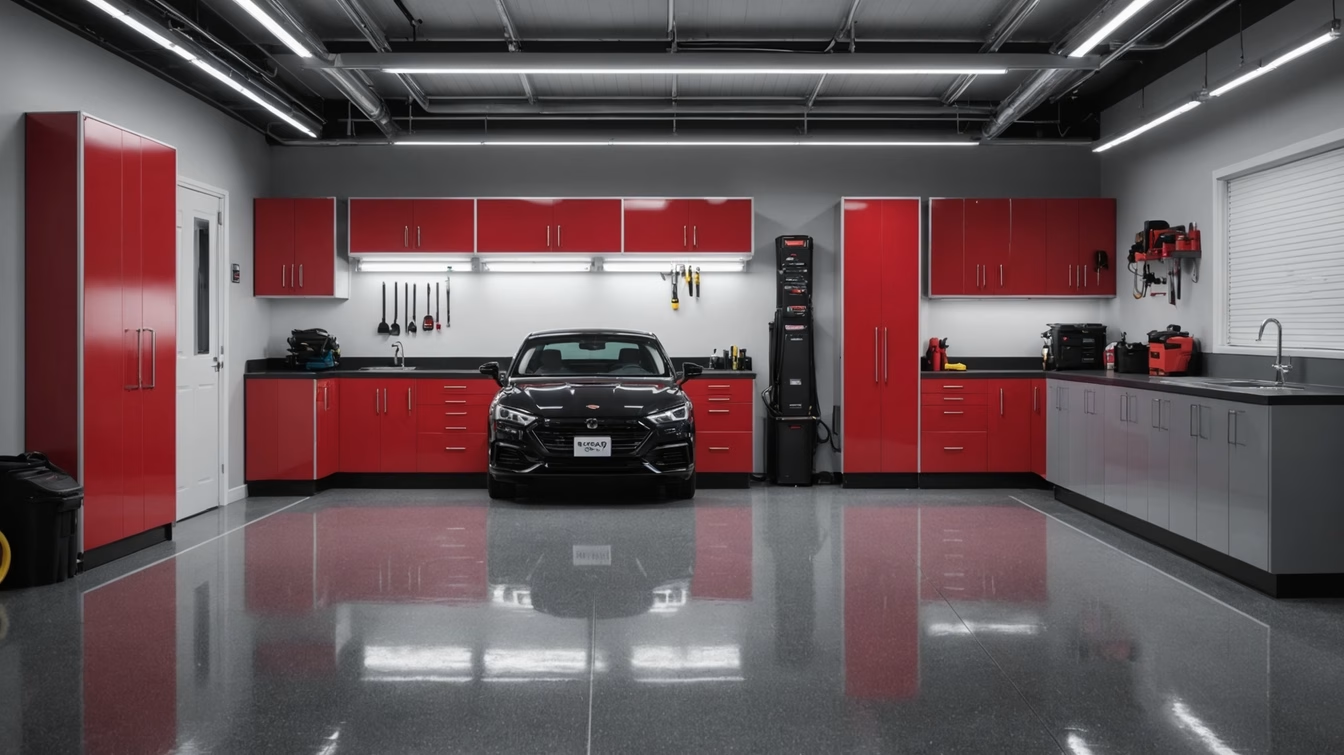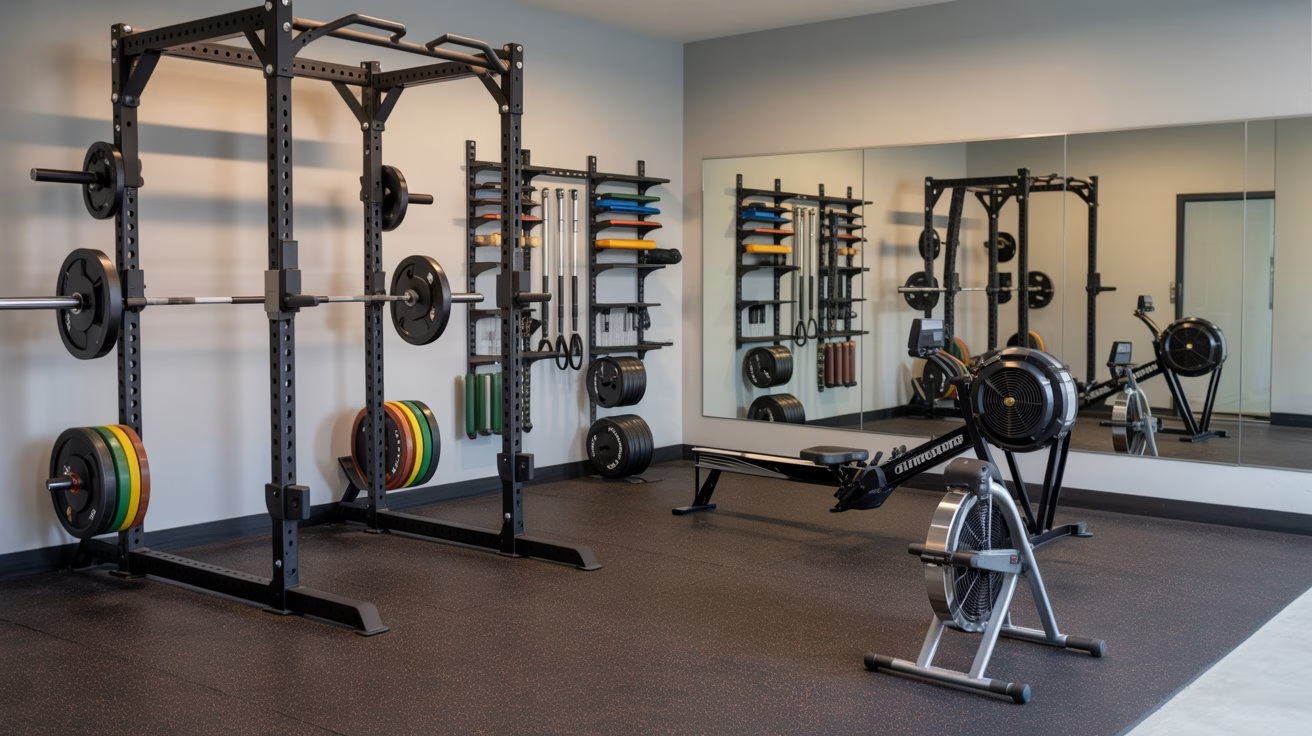Turning your garage into a living space opens up new possibilities for your home. However, it raises a crucial question: what’s next for your driveway? After converting your garage, you need to rethink its function and design. You might want to create a new patio area or maintain a traditional parking space. Either way, redesigning your driveway is key to a seamless and functional property transformation.
Key Takeaways
- Garage conversions necessitate a thoughtful approach to driveway redesign.
- Consider the new purposes your driveway can serve, from additional landscaping to practical parking.
- Proper planning ensures the new driveway complements and enhances your home’s new layout.
- Functional and aesthetic changes can both be incorporated into the driveway redesign.
- Address practical concerns such as parking needs and ergonomic access during the redesign process.
Understanding Driveway Changes After Conversion
Converting a garage can drastically change how we use our driveways. Removing overhead doors and changing entry points requires a detailed look at the driveway’s layout and use. Each element must be carefully considered to ensure a smooth transition to the new use.
The Impact of Garage Loss on Driveway Use
Garage loss prompts a creative look at driveway repurposing. Without the usual overhead door, homeowners must adapt their driveways for new uses. This might involve adding parking spaces or changing traffic flow. It’s vital to plan how to best use the driveway for cars and people.
Assessing Your Current Driveway Layout
Before starting a driveway renovation, it’s key to evaluate the current layout. The driveway’s width, length, and design are crucial for its new function. Determine if the current setup can handle the changes or if major updates are needed. A thorough review ensures renovations meet both practical and aesthetic needs.
Planning the New Driveway Design
Redesigning your driveway after a garage conversion is a significant undertaking. It requires careful planning to optimize the newly available space. Whether you aim for a practical parking area or a beautiful front yard, your choices greatly affect your property’s look and function.
Considering Alternative Uses for the Space
Your driveway can have more than one purpose with the right planning. Instead of just parking, think about adding outdoor living spaces or gardens. For instance, you might create a patio for gatherings or a garden for vegetables. These ideas turn your driveway into a versatile part of your home.
https://www.youtube.com/watch?v=o5tDpE83NyU
Incorporating Landscaping for Aesthetic Appeal
Good driveway landscaping boosts your property’s beauty and supports the environment. Add plants, shrubs, and trees for a welcoming look. Also, use permeable materials to help with water drainage, reducing runoff and improving the ecosystem. A well-planned driveway redesign enhances both your home’s beauty and its ecological impact.
Repair and Maintenance Needs Post-Conversion
Converting your garage can affect your driveway, requiring a detailed assessment of its state. Timely action is crucial to avoid further damage and keep it looking good. This ensures both its functionality and aesthetic value remain intact.
Inspecting the Driveway Surface
Begin with a thorough driveway surface inspection. Check for cracks, uneven spots, or drainage problems that could harm its structure. The findings will help shape your maintenance plan.
Identifying Necessary Repairs or Upgrades
After inspecting, you might find the need for specific upgrades. Options include resurfacing to fix imperfections, sealcoating to shield against weather, and fixing drainage to stop water buildup. Adopting these maintenance strategies can greatly enhance your driveway’s longevity. It will also ensure it matches your newly converted garage.
Parking Solutions for Your Property
Converting your garage into a living area requires a rethink on parking. Losing garage space means finding new ways to park. A driveway extension or alternative parking options can keep things convenient for everyone.
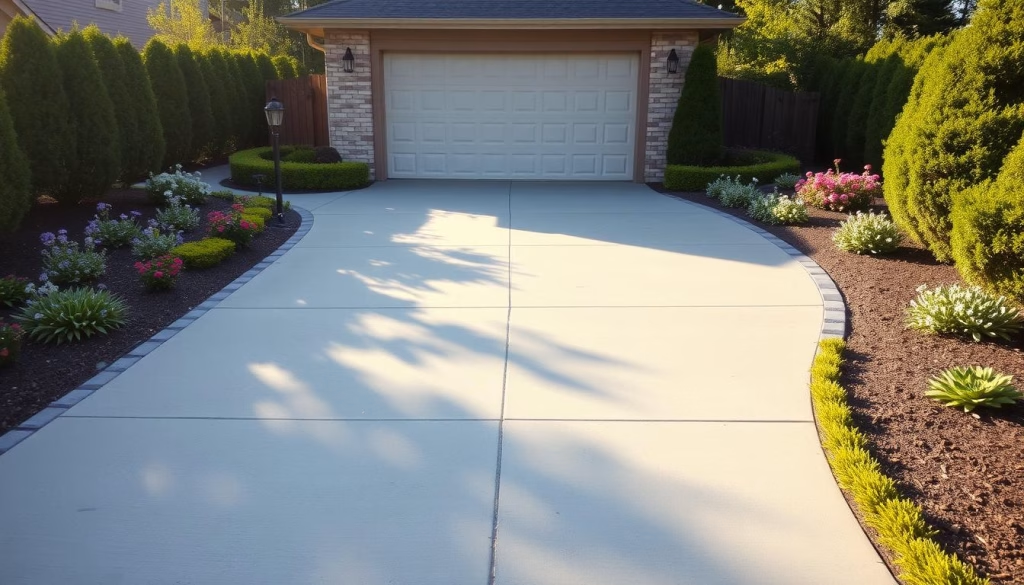
Alternative Parking Options for Residents
Expanding your driveway is a smart move when you lose garage space. It gives more room for cars, ensuring everyone has a spot. Using yard space for parking is another cost-effective option.
Homeowners might also look into public parking nearby. It’s not on your property but can be a reliable and affordable choice, especially in cities where space is tight.
Considerations for Guest Parking
Don’t forget about parking for guests. A driveway extension can help with both resident and visitor parking. For big gatherings, consider public parking or a temporary permit from local authorities.
Think about your driveway’s layout for guest access. Make sure cars can move in and out easily. This avoids hassle and makes your home welcoming to visitors.
Enhancing Curb Appeal After Conversion
Transforming your driveway’s curb appeal after a garage conversion can dramatically change your home’s exterior. By choosing the right materials and adding decorative touches, you can make your driveway both beautiful and functional. This approach ensures your driveway stands out and serves its purpose well.
Choosing the Right Driveway Material
Choosing the correct driveway material is essential. Concrete, asphalt, and pavers are popular choices, each with its own advantages. Concrete is durable and easy to maintain, while asphalt is cost-effective and resilient. Pavers offer a customizable and visually appealing option. It’s important to pick a material that matches your home’s exterior and withstands the local climate.
Adding Decorative Elements or Edging
Adding decorative driveway edging can significantly enhance your driveway’s look. Options include brick, stone, or metal edges, which can create clear boundaries and boost aesthetics. Incorporating lighting and landscaping, like plants and flower beds, also improves curb appeal. These enhancements not only beautify your driveway but also increase your property’s value.
Modifications for Accessibility
Improving accessibility in a driveway to walkway conversion is crucial for everyone’s ease of movement, especially those with disabilities. An ADA-compliant driveway design greatly enhances usability and safety. Proper planning leads to successful outcomes.
Creating a Walkway from the Driveway
Turning part of your driveway into a walkway requires more than just laying a path. It’s essential to ensure the path is wide enough for wheelchairs and other mobility aids. A smooth, slip-resistant surface is key for safety. The slope must also be minimal to prevent navigation challenges.
Assessing ADA Compliance for Accessibility
Ensuring ADA-compliant driveway design involves a detailed assessment of several factors. The pathway should have a minimum width of 36 inches for wheelchair space. Surface textures must prevent slipping, and the gradient should not exceed 1:20 for easy access. These standards are vital for inclusivity.
| Criteria | Specification |
|---|---|
| Pathway Width | Minimum 36 inches |
| Surface Texture | Slip-resistant materials |
| Gradient | Maximum slope of 1:20 |
Permits and Regulations to Consider
Embarking on driveway modifications requires understanding permits and homeowners’ association regulations. Compliance with local laws and community standards is crucial. It helps avoid legal issues.
Understanding Local Zoning Laws
Local zoning laws outline driveway construction requirements. They cover setbacks, slope guidelines, and materials. Homeowners should contact their local zoning office for necessary permits.
Ensuring Compliance with Homeowners’ Association Guidelines
Homeowners’ associations have their own rules for property modifications. These include restrictions on materials, colors, and construction timelines. Reviewing these regulations and submitting plans for approval is essential before starting construction.
Budgeting for Driveway Alterations
When planning driveway alterations, understanding the associated costs is crucial for maintaining your budget. Homeowners should start by evaluating the expenses linked to different driveway designs and materials, such as concrete, asphalt, or pavers. Comparing these options can help determine the most cost-effective solution that meets aesthetic and functional requirements.
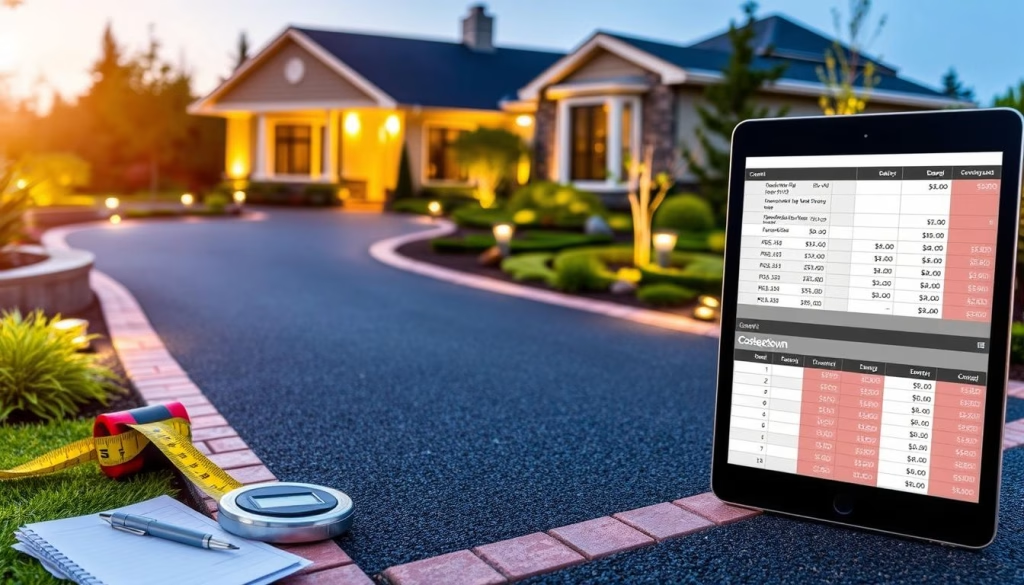
Estimating Costs for Different Designs
The driveway renovation costs can vary widely based on the design you choose. Here is a comparison of various materials and their estimated costs per square foot:
| Material | Cost per Sq Ft | Durability |
|---|---|---|
| Concrete | $8 – $12 | High |
| Asphalt | $3 – $5 | Medium |
| Pavers | $10 – $20 | Very High |
| Gravel | $1 – $3 | Low |
Considering these costs, you can select a material that matches your budget while offering the desired durability and appearance for your driveway alteration project.
Exploring Financing Options for Your Project
Financing driveway projects can alleviate the immediate financial burden, making it easier to proceed with your plans. Homeowners can explore various financing options, including home improvement loans, personal loans, and payment plans offered by contractors. Assessing these options can help manage your driveway renovation costs effectively.
Sustainable Driveway Alternatives
Opting for sustainable driveway options can greatly reduce environmental harm while keeping your driveway functional and stylish. Two standout choices are eco-friendly materials and permeable surfaces.
Using Eco-Friendly Materials
Eco-friendly driveway materials are gaining traction for their lower carbon footprint and recyclability. Options include recycled asphalt, grass pavers, and porous concrete. These materials not only cut down on waste but also encourage a greener lifestyle.
Creating Permeable Surfaces for Water Drainage
Permeable driveway surfaces are crucial for managing stormwater and reducing runoff. They allow water to seep into the ground, enhancing groundwater recharge and preventing flooding. Using materials like permeable pavers, gravel, and resin-bound systems can make your driveway both eco-friendly and effective at water drainage.
| Eco-Friendly Driveway Materials | Permeable Driveway Surfaces |
|---|---|
| Recycled Asphalt | Permeable Pavers |
| Grass Pavers | Gravel |
| Porous Concrete | Resin-Bound Systems |
Conclusion: Making the Most of Your Driveway
As your garage conversion project concludes, consider the impact on your driveway. A well-designed driveway does more than provide practical use; it boosts your property’s value and functionality. By focusing on maximizing driveway utility and redesign benefits, you create a space that meets your needs and matches your style.
Long-Term Benefits of a Thoughtful Design
A well-planned driveway redesign brings long-term advantages. It ensures enough parking for everyone, reducing daily stress. It also makes your space accessible for all, including those with mobility issues. Plus, using durable, eco-friendly materials cuts down on maintenance costs and benefits the environment, like better water drainage.
Recap of Key Considerations After Garage Conversion
After your garage conversion, revisit key considerations for your driveway. Make sure your design follows local laws and HOA rules. Choose materials that are both durable and attractive, keeping maintenance in mind. Also, focus on functionality, from parking to accessibility, to meet your lifestyle needs. This approach maximizes your driveway’s utility and realizes redesign benefits. Your driveway will not only look good but also function well for years.

